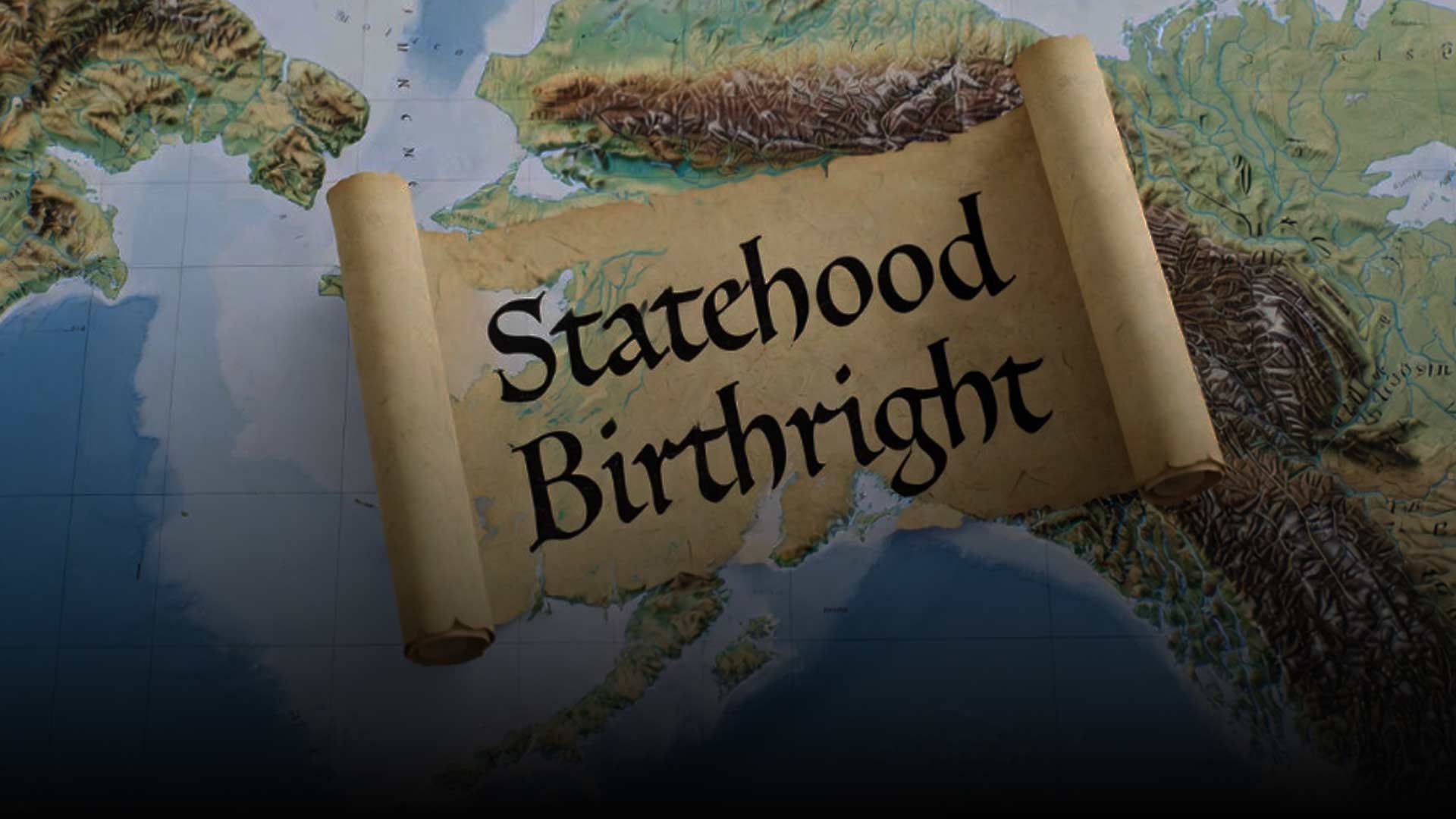
As the 47th anniversary of Roe v. Wade approaches next month, many remain unaware of what made this decision such an outrage. For the moment, let’s skip over the blood of the unborn and the broken mothers and families, and investigate why Roe is utterly unconstitutional. The ruling shocked many honest liberals in 1973 – those who wanted to expand abortion.
The construction and growth of judicial power that began back in 1803 with Marbury v. Madison is still completely misunderstood by most historians. To understand how the courts took a place they should never have occupied, we must delve into the intricacies of our constitutional history.
American politics has hardly ever changed. The age-old fight is: More Government v. Less Government. A Federalist in 1800 gave rise to today’s liberals and Democrats. A Jeffersonian or Democrat-Republican was today’s conservative/libertarian.
EXECUTIVE BRANCH YIELDS GROUND TO COURT
Just before leaving office, President John Adams, whose dictatorial tendencies as president remain largely ignored in light of his brilliant service during the War for Independence, appointed the partisan Federalist, William Marbury, to be a federal appellate judge.
Finding the appointment on his desk a few days later, Secretary of State James Madison, in concert with President Jefferson, refused to carry out the appointment. Still holding a lame-duck majority, the Federalists in Congress passed a law compelling Madison to carry out his duty to appoint Marbury as a judge.
President Jefferson’s oath was not to obey the Supreme Court, but to “preserve, protect and defend the Constitution of the United States.”
When Marbury sued for Madison to obey the law, Chief Justice John Marshall – himself a Federalist – saw the opportunity to expand the powers of the Supreme Court. He ruled, with the court’s majority, that Congress’ law was unconstitutional.
The chief justice was correct, but the mistake is that we now believe that this was a rightful power of the courts to exercise, and that Jefferson, as president, was bound by his oath to obey the court. This is the rubbish that lives on today.
Suppose Justice Marshall had ruled in favor of Marbury? What then? He still would never have received his appointment because President Jefferson’s oath was not to obey the Supreme Court, but to “preserve, protect and defend the Constitution of the United States.” Thus, his single opinion carried greater responsibility than the collective opinion of the court justices, for he and he alone possessed the power of enforcement.
John Marshall is regarded as one of the greatest chief justices. Well, the term “great” has been applied to tyrants and conquerors, such as Alexander, Napoleon and Stalin. In that sense, Marshall fits. But because President Jefferson and Madison, as political opponents of the more-government Federalist Party to which Marshall ascribed, ruled against his own short-term interests, the president let the issue lay where Justice Marshall placed it.
There would be no judgeship for the Federalist Marbury.
Historians have pounced upon this ruling as if the “loose construction” of the Constitution was now triumphantly in place. Nothing could be further from the truth.
UNJUST BUT ‘BULL HEADED’ PRESIDENT DEFIES COURT
Andrew Jackson, a noted bull-headed president, understood this perfectly in Worcester v. Georgia. While the ruling was a just one on behalf of the Cherokee Nation, Jackson, an old Indian fighter who understood the temperament of the frontier and the yeoman farmers who elected him, refused to enforce it.
This incident shows us two things: that a president’s judgment can be faulty, just like the courts. But secondly, whether his decision is just or not, the president nevertheless wields a power greater than the judicial branch.
DRED SCOTT USURPED CONGRESS & PRESIDENT PLAYED ALONG

Then we have the infamous Dred Scott v. Sandford case in 1857. The reason for the outrage and turmoil in the North at the time was not because Dred Scott was deemed to have no standing in the case because he was a slave and non-citizen. The outrage was because the court ruled that Congress had no constitutional power to restrict or control slavery in the territories, something that it had done under the Articles of Confederation with the Northwest Ordinance in 1786, The Missouri Compromise of 1821, the Compromise of 1850 and the Kansas-Nebraska Act in 1854.
President Buchanan was not going to resist the courts if they produced an outcome he liked.
And because James Buchanan was a president with southern, pro-slavery sympathies, he allowed the court ruling to be enforced. Again, he was under no obligation to do so, but like Jefferson in 1803, Buchanan was not going to resist the courts if they produced an outcome he liked.
Thus, the entire construct of the supposed powers of courts to declare laws (whether federal or state) as unconstitutional rests not at all in the various constitutions which merely gloss over judicial powers and qualifications … but solely upon whether the executive chooses to agree with it.
In the next installment, we analyze the bludgeon that was wielded to give us abortion – the 14th Amendment.
The writer is host of The Bird’s Eye View radio show in Kenai. He ran for U.S. Senate in 2008 as member of the Alaskan Independence Party and is the former president of Alaska Right to Life.






